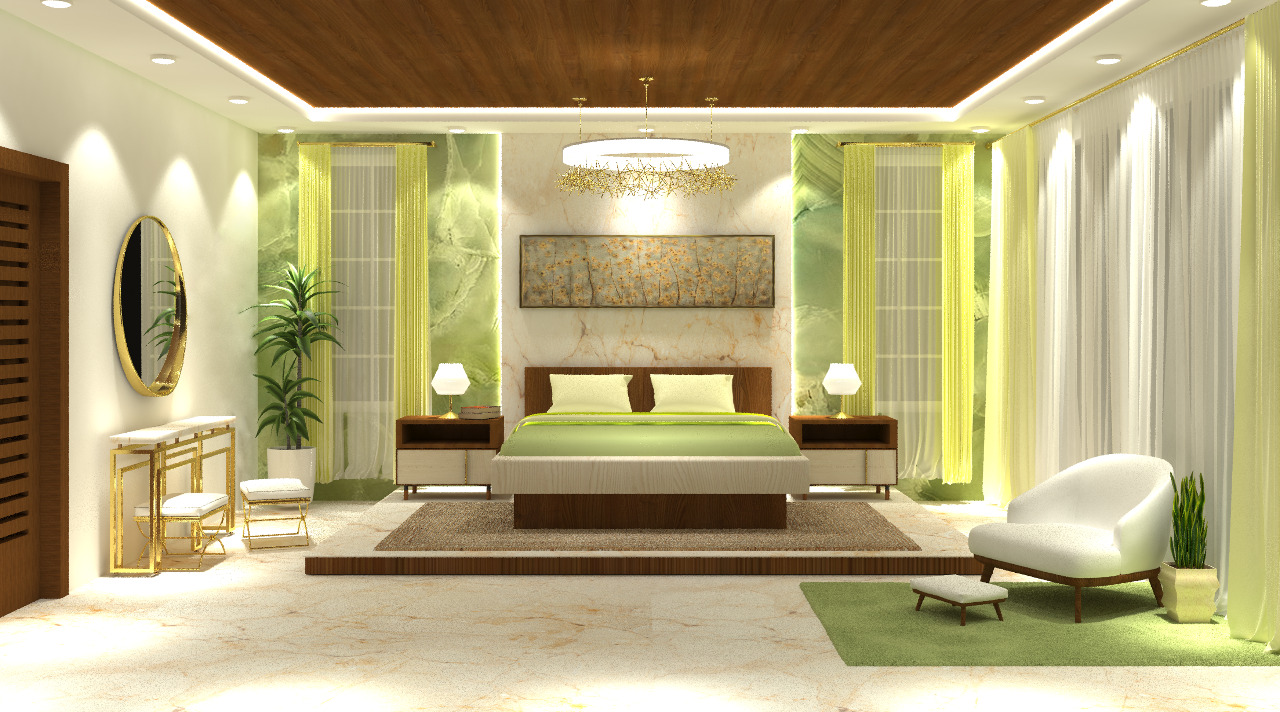Creating VFX for Live-Action: Blending the Real and the Imagined
 In today’s
filmmaking world, visual effects (VFX) have become essential for bringing extraordinary stories to life.
Whether it’s a superhero soaring through the sky, a dragon attacking a city, or a digital creature
interacting with real actors, VFX are responsible for creating stunning visuals.
In today’s
filmmaking world, visual effects (VFX) have become essential for bringing extraordinary stories to life.
Whether it’s a superhero soaring through the sky, a dragon attacking a city, or a digital creature
interacting with real actors, VFX are responsible for creating stunning visuals.
What Are VFX?
Visual effects (VFX) are computer-generated elements added to movies in post-production to enhance the
visual experience. These effects can range from explosions, creatures, and environments to digital
transformations and entire worlds. VFX can make impossible scenes come to life, allowing filmmakers to
tell stories that would be difficult with only practical effects.
In live-action films, real actors perform in real locations, while VFX artists add digital elements
later to make the scene more dynamic or fantastic. The challenge is to make these digital elements
appear as if they truly exist in the real world.
The VFX Process: Step by Step
Creating VFX for live-action films involves several stages, each requiring precision and creativity:
Planning the VFX Shots
Before filming begins, the VFX team collaborates with the director to plan what effects will be needed.
This stage involves creating storyboards or concept art that visualize the effects within the story.
Filmmakers decide which scenes will include digital creatures, special effects, or environments that
will be created later.
Filming the Live-Action Footage
Once the effects are planned, filming takes place. The live-action footage is captured, often using
green screens for scenes that will be replaced digitally. For example, an actor might perform in front
of a green screen while the VFX team will later place a digital background or add characters.
Creating the VFX Elements
After filming, the VFX artists create the digital elements, such as creatures, environments, or
explosions. They use software like Maya, Houdini, or After Effects to generate these effects. A big
challenge here is ensuring that the lighting, textures, and details of the digital elements match the
live-action footage. For instance, if the scene is filmed on a sunny day, the digital elements must
match that lighting to feel real.
Integrating VFX with Live-Action Footage
The next step is to blend the VFX with the live-action footage. Motion tracking software helps match
the movement of the camera with the digital elements so they interact naturally. If an actor is holding
a digital object, like a weapon, the motion of their hands is tracked to make sure the digital object
moves correctly with them.
Compositing the Final Image
Compositing is the process of combining all the visual elements—live-action footage, digital effects,
and background—into one seamless image. VFX artists adjust colors, shadows, and reflections to make sure
everything fits together perfectly. Small adjustments, like adding dust or smoke, help the digital
elements blend better with the live-action footage.
Challenges of Blending Real and Imagined Worlds
Blending live-action and digital elements is a challenging task. One major hurdle is ensuring that the
lighting, shadows, and textures of the VFX match the real footage. If not done carefully, the VFX can
look out of place or unrealistic. Additionally, actors often perform scenes without knowing exactly how
the VFX will appear, which can make it hard for them to react realistically. Filmmakers guide actors
using references to help them imagine the digital elements.
The Future of VFX
With advancements in technology, VFX are becoming even more advanced. Tools like virtual production,
where digital backgrounds are projected in real-time, are allowing for even more immersive and realistic
environments. As these technologies evolve, filmmakers will have more creative freedom to push the
boundaries of what’s possible.
Creating VFX for live-action films is a complex and detailed process that combines technology and
artistry. By blending digital effects with real-world footage, filmmakers can tell stories that
transport audiences to amazing new worlds. As VFX continues to improve, we can expect even more
breathtaking scenes that blur the lines between reality and fantasy.
If you're passionate about animation and visual effects and want to pursue a career in this exciting
field, DreamZone offers the perfect platform to kickstart your journey. With specialized animation
courses in Kerala like the Diploma in Animation &
Visual Effects, DreamZone provides top-notch training
that covers everything from the basics of animation to advanced VFX techniques. Their expert instructors
and state-of-the-art facilities ensure that you gain the skills and knowledge needed to succeed in the
industry. Whether you're interested in creating digital worlds for live-action films or designing
animated characters, DreamZone equips you with the tools and experience to bring your creative visions
to life.
19 January 2025
I
Globosoft



 In today’s
filmmaking world, visual effects (VFX) have become essential for bringing extraordinary stories to life.
Whether it’s a superhero soaring through the sky, a dragon attacking a city, or a digital creature
interacting with real actors, VFX are responsible for creating stunning visuals.
In today’s
filmmaking world, visual effects (VFX) have become essential for bringing extraordinary stories to life.
Whether it’s a superhero soaring through the sky, a dragon attacking a city, or a digital creature
interacting with real actors, VFX are responsible for creating stunning visuals.




